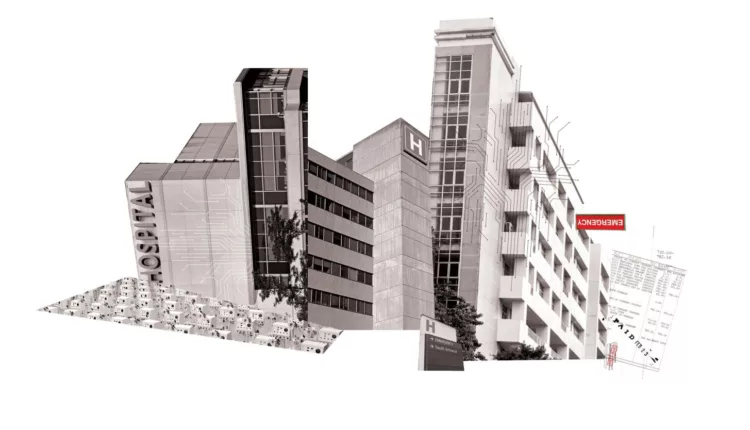
Medical Debt in America: Shocking Numbers Revealed
TL/DR –
The U.S. healthcare system is complex, often burdening patients with significant debt. The cost of health insurance for a family is nearly $24,000, a 47% increase since 2013, and medical debt is the most common on U.S. credit records. The regional dominance of a small number of healthcare organizations contributes to high costs, with 10 healthcare systems owning one-sixth of all hospitals, and in Utah, four healthcare systems control 95% of admissions and 97% of gross revenues of acute care.
U.S. Health Care System: A Complex Crisis of Patient Debt and High Costs
The US health care system, a labyrinth of confusing policies and practices, often burdens patients with poor accessibility and overwhelming debt. Both for-profit and not-for-profit entities vie for dominance, resulting in significant profits for organizations at the expense of the consumer.
Health insurance, originally designed to provide financial security, now contributes to the financial burden. As per data from KFF, the yearly cost of family health insurance has surged to nearly $24,000, a 47% increase since 2013. Furthermore, employees are bearing a larger portion of this cost, with some at smaller firms paying up to 38% of the premium.
An NPR investigation in 2022 revealed that the combined expenses of premiums, deductibles, coinsurance, and copays have left 100 million people in the U.S. with medical debt. As a result, medical debt has become the most common type of debt on credit records and in collections. This widespread medical debt issue has discouraged about two-thirds of adults from seeking necessary care due to costs.
Contributing Factors to High Health Care Costs
One major contributor to the escalating cost of health care is the regional dominance of a few health care organizations. This market dominance allows these entities to dictate higher prices, amass significant profits, inflate executive salaries, and drive consumer debt. A Forbes study suggests that virtual monopolies exist in nearly every health care sector, with 10 health care systems owning one-sixth of all hospitals and generating over $226 billion in revenues.
Health Care Market Concentration in Utah
The health care market in Utah mirrors this concentration trend. Four health care systems control 95% of the admissions and 97% of gross revenues of acute care. The health insurance market exhibits a similar consolidation pattern.
The market concentration reflects in these organizations’ profits. For instance, Intermountain Health and its affiliates reported nearly $1.9 billion in excess revenues in 2021. In the same year, Intermountain Health compensated its CEO with over $7 million and paid 14 other executives salaries exceeding $1 million.
The state’s for-profit hospitals have also thrived. Saint Mark’s Hospital, for example, made over $200 million in profits in 2021 and 2022, with operating margins exceeding 40%.
Addressing High Health Care Costs
Radical changes need to be made to the current health care system to reduce profit incentives and ensure that patients can afford better care. As a board member of Common Sense Health Care For Utah, I am committed to exploring potential ways of lowering health care costs by as much as 20%. Despite resistance from those with vested financial interests, it is crucial to prioritize the needs of patients and be ready to make tough decisions.
—
Read More Health & Wellness News ; US News
